 Oscar®-nominated filmmaker Josh Fox, he of the burning water tap, loves to scare people with the provocative word “fracking” and misleading images and claims of its potential to damage the environment, specifically groundwater.
Oscar®-nominated filmmaker Josh Fox, he of the burning water tap, loves to scare people with the provocative word “fracking” and misleading images and claims of its potential to damage the environment, specifically groundwater.
To wit, this screenshot of a cute little animated .gif at Fox’s website gaslandthemovie.com.
It clearly depicts fractures from a horizontal gas well invading a freshwater aquifer. Scary! Now, consider the detail of that portion of the cartoon which depicts the fractures extending vertically up into the shallow water-bearing zone:
“Research is underway”, indeed. How about we look at some of that research?
I came across an excellent presentation (.pdf link) on the subject of Marcellus drilling and its potential to affect groundwater sources. The author is John H. Williams, a groundwater specialist with the U.S. Geological Survey who runs the New York Water Science Center in Troy, NY. I will steal a few of Mr. Williams’ images and refer to a few of his slides.
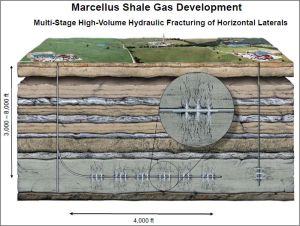 The image at left is a fair (not to scale!) depiction of a horizontal well, at left, versus a conventional vertical well on the right (click for a larger image). The subsurface is composed of a multitude of rock layers, only a few of which have potential for oil or gas development. Pressure increases with depth, and pressure is an important factor in exploiting gas, so most gas drilling in the Marcellus is at least 5,000 feet below the surface. (Williams’ slides 5 and 38 show the actual Marcellus shale at the surface, where it outcrops 100 miles or so north of the PA state line.)
The image at left is a fair (not to scale!) depiction of a horizontal well, at left, versus a conventional vertical well on the right (click for a larger image). The subsurface is composed of a multitude of rock layers, only a few of which have potential for oil or gas development. Pressure increases with depth, and pressure is an important factor in exploiting gas, so most gas drilling in the Marcellus is at least 5,000 feet below the surface. (Williams’ slides 5 and 38 show the actual Marcellus shale at the surface, where it outcrops 100 miles or so north of the PA state line.)
Oil and gas operators are interested in understanding the mechanisms by which hydraulic fracturing works. To that end, they have employed microseismic imaging to map the propagation of an induced fracture while the frack job is in progress. The cracks and ruptures induced in the rock at depth can be recorded by arrays of surface microphones and mapped in three dimensions (Williams, slide 39).
Now, the science.
The graph below depicts the results from over 350 frac jobs. The fracs were sorted from deepest to shallowest, and for each one, the vertical depth of the wellbore was plotted, along with the shallowest and deepest detected rupture detected by microseismic. 
What does that tell us?
- Fractures tend to grow up, not down. The Tully Limestone is widely regarded as a zone overlying the Marcellus Shale which tends to stop further propagation of the frack job (Williams slides 5 & 37).
- Of 350+ observations, the maximum vertical fracture extended about 1,000 feet above the well.
- For all 350+ wells, a cushion of at least 3,000 feet separates the fracture zone from groundwater supplies.
From all practical standpoints, it is physically and geomechanically impossible to induce a fracture in a well below 5,000 feet that extends into shallow freshwater sands above 1,000 feet. Fox’s cute little cartoon may be effective propaganda but it is not rooted in science or in any real world observation.
Does this mean that groundwater contamination is not a concern? No, it just means that we shouldn’t waste time on fracking as a bogeyman.
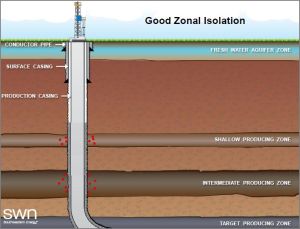 The slide (Williams 55) at right shows the construction of a typical Marcellus horizontal well. Groundwater is protected by two strings of steel casing, each secured in place with several hundred feet of cement. Groundwater protection depends on the integrity of these casing/cement systems. Note that these slides were originally generated by Southwestern Energy, a Marcellus operator.
The slide (Williams 55) at right shows the construction of a typical Marcellus horizontal well. Groundwater is protected by two strings of steel casing, each secured in place with several hundred feet of cement. Groundwater protection depends on the integrity of these casing/cement systems. Note that these slides were originally generated by Southwestern Energy, a Marcellus operator.
 As the detail (slide 56) shows, failure is possible. It is much more likely that the source of pressure that would compromise the surface casing would be shallower sands with cement jobs that break down over time.
As the detail (slide 56) shows, failure is possible. It is much more likely that the source of pressure that would compromise the surface casing would be shallower sands with cement jobs that break down over time.
Note that surface casing integrity issues have nothing to do with horizontal drilling or fracking. You have the same concerns with a vertical well. As Williams reminds us, the first well drilled for gas was in Pennsylvania nearly 200 years ago (slide 9). Fracking is new, and is a convenient scapegoat.
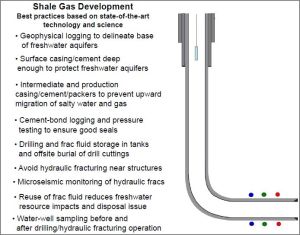 For groundwater protection, I’d rather be near a new Marcellus well than an old vertical well drilled in the 1930s or ’40s. The new wells are more tightly inspected and have to conform to modern regulations. The operator of an $8-10 million well is unlikely to take a stupid shortcut that might compromise his entire investment. He is much more likely to conform his operation to the “best practices” suggested by Williams in slide 60 (at right).
For groundwater protection, I’d rather be near a new Marcellus well than an old vertical well drilled in the 1930s or ’40s. The new wells are more tightly inspected and have to conform to modern regulations. The operator of an $8-10 million well is unlikely to take a stupid shortcut that might compromise his entire investment. He is much more likely to conform his operation to the “best practices” suggested by Williams in slide 60 (at right).
For those unfamiliar with my background, I am a Petroleum Engineer (and a registered Professional Engineer) with 34 years of industry experience. My employer has no interest in the Marcellus shale or in any of the other “resource” plays which rely on horizontal drilling and fracking. For that matter, it would probably be beneficial to my employer, and to me personally, if fracking as a practice were outlawed. So I’m writing this, not out of personal interest, but out of respect for the truth.
Cross-posted at Maley’s Energy Blog.




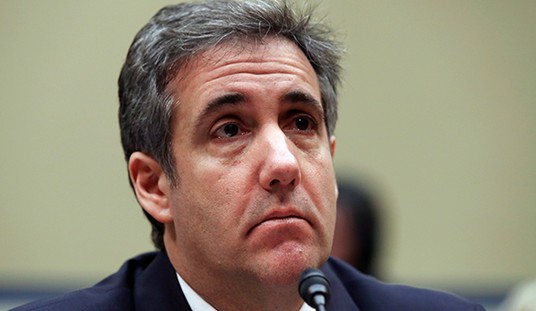



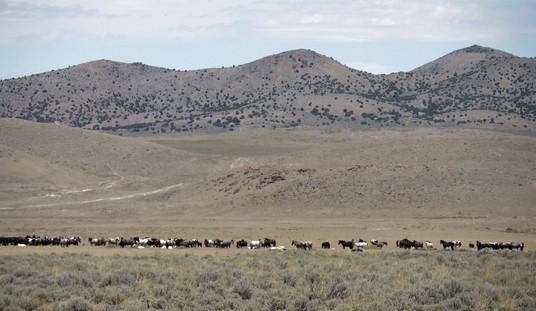

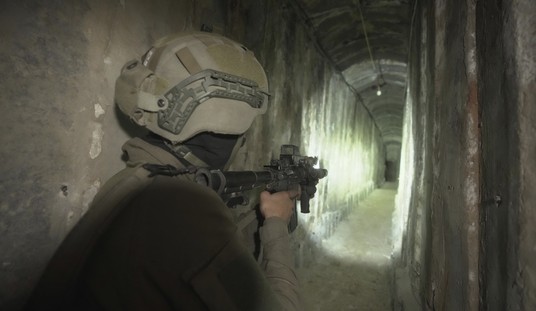


Join the conversation as a VIP Member